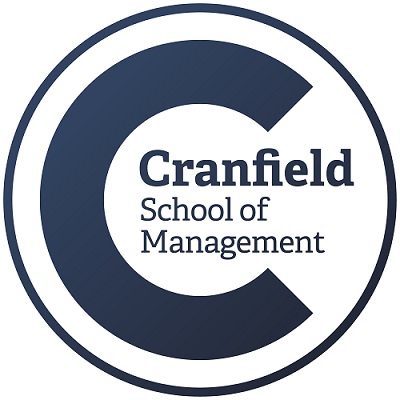- Managing people
Developing Forgotten Middle Managers
10 top tips for organizations looking to create a program for its forgotten people
Much has been written about fostering employee engagement as a way to improve corporate performance. Less has been said about an even greater source of improvement – the development of the, often forgotten, army of middle managers that inhabit the operational centre of all large organizations.
Because these ‘forgotten people’ are often managing others reasonably efficiently and producing acceptable results, they are deemed to be doing enough and so can often be overlooked when it comes to leadership development initiatives. Were they given the support and development that could help them step up to leadership both they and the organization could benefit hugely. For the organization it might be the catalyst it needs to drive its future growth in a competitive environment.
In every organization the senior leadership must inevitably rely on middle managers to articulate the organization’s purpose and to translate its strategic direction to their immediate environment. It is at this level that the organization’s values and corporate culture becomes real and where the tone is set for key drivers such as inclusivity and employee engagement. (A good example of this is revealed by research from Elisabeth Kelan at Cranfield School of Management which highlights the pivotal role male middle managers can play in creating gender inclusive workplaces.)
Every large organization contains a huge population of middle to fairly senior managers who can often be forgotten while the focus is either on supporting the C-suite or fast-tracking high-potentials. The difficulty is where to start, as this population’s very size and diversity makes delivering effective development to it a big and complex challenge.
In her short paper Camilla Jonsson from the Cranfield School of Management’s Centre for Customized Executive Education offers ten top tips to any organizations looking to create a program for its middle to senior managers, starting with the prerequisite that to ascertain the needs (not the wants) of the organization, the people segments, and the individuals, developers must be comfortable with the fact that those needs will be very different.
ARTICLES YOU MIGHT LIKE
RESEARCH
Harvard and BC University study values conversational receptiveness in our polarized times
DEVELOPING LEADERS QUARTERLY MAGAZINE AND WEEKLY BRIEFING EMAILS

































